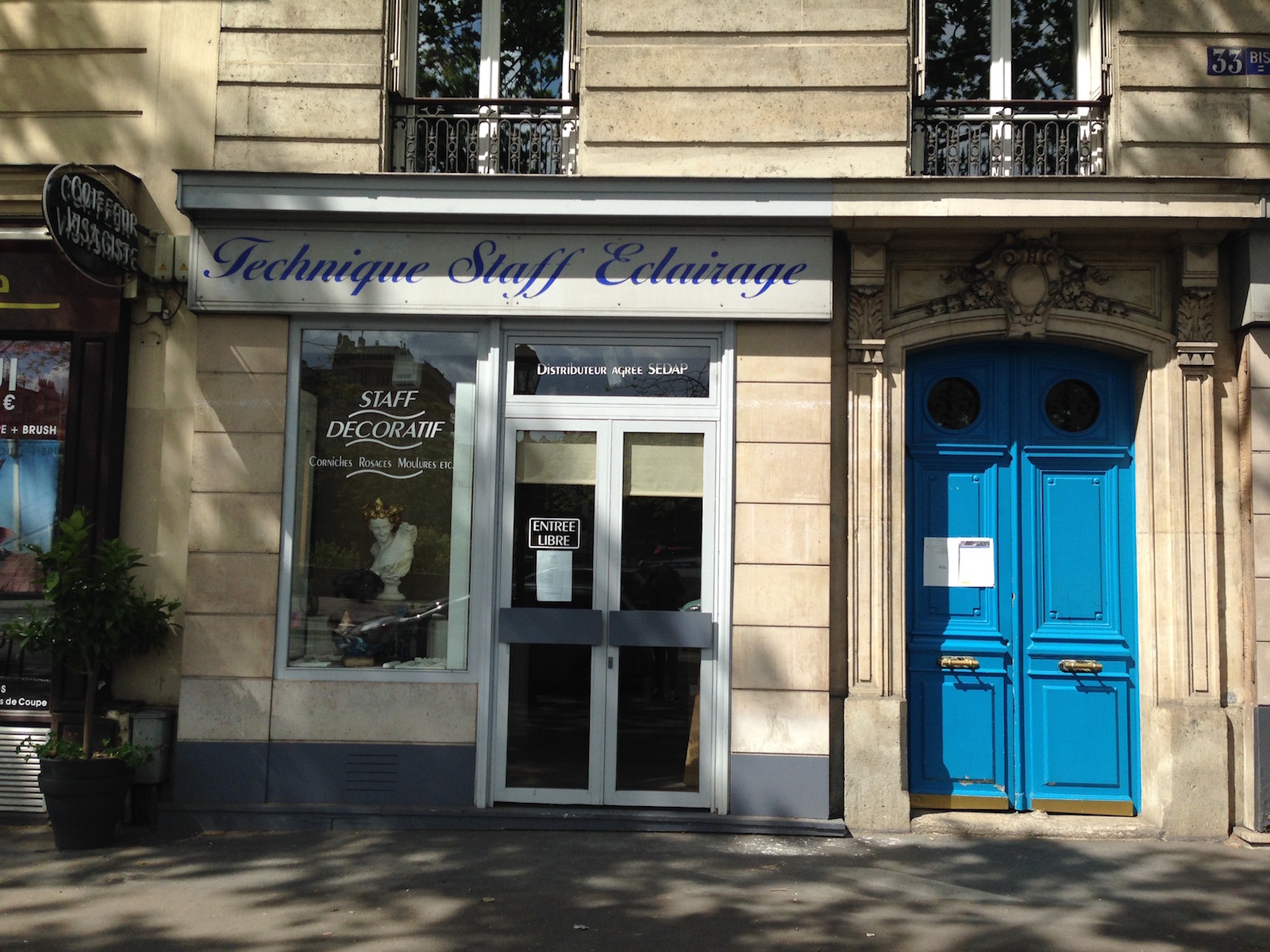
‘We are going to get back our way of life, our taste for freedom – in other words, we are going to rediscover France fully again’. According to the June 14, 2020 news from The Independant, French president Emmanuel Macron made this statement, which means the famous bar and café culture so treasured by the French can officially restart fully, with Paris declared a “green zone” of safety as the pandemic relaxes its hold on the world.
This is thrilling news, sending a signal to all of us that things will always eventually get better. Pour moi, I feel good just imagining the relief and (albeit cautious) optimism Parisian citizens must feel upon re-emerging from their strict two-month lock-down. For many in the City of Light, the café is an extension of their home living spaces, which tend to be small and confining.
The café is where creative ideas are born, where people meet before and after work to socialize, and where a delicious, relaxing lunch in a neighbourhood restaurant may be taken before heading back to the office. This is the beautiful rhythm of day-to-day living so important to one’s joie de vivre (zest for life) .
When something has been taken away, it feels more precious when you get it back.
That April three years ago, when I woke up in my little 11th arrondissement flat on the first day of a five-week Parisian soujourn., I was repeatedly amazed and grateful to actually be there. All of my senses were super-heightened: tastes, colours, sounds. It was like I too had just emerged from lock-down and could experience more fully the joy of life once again while I continued to heal.
This is the spot where I often started my day, enjoying a to-die-for croissant aux chocolat et aux amandes––do the French know what to do with butter and sugar or what? And sipping a café créme, which is basically a flat white, while watching the locals go about their day.

One day while I was sitting in my usual window spot, I watched a young mother walking her little son to school. They paused in front of my window so that she could take a hairbrush out of her bag, smooth his disarrayed coiffe and apply HAIR SPRAY before heading out. In France, aesthetics are très important!

The thing you must do for sure when you visit Paris: just walk around and notice what comes across your path. The city is meant to be savored on foot. This is known as flânerie, a term which became widely used in 19th century Paris. A flâneur or flâneuse is a stroller or wanderer with enough means that allows her to walk the city with no particular purpose besides pleasure.

“The crowd is his element, as the air is that of birds and water of fishes. His passion and his profession are to become one flesh with the crowd. For the perfect flâneur, for the passionate spectator, it is an immense joy to set up house in the heart of the multitude,

amid the ebb and flow of movement,

in the midst of the fugitive and the infinite. To be away from home and yet to feel oneself everywhere at home; to see the world, to be at the centre of the world,

and yet to remain hidden from the world.
–Charles Baudelaire, “The Painter of Modern Life”, 1863


Paris, France ©photo Musée d’Orsay
The Impressionists and other emerging French painters of the 19th century were at the zeitgeist of the explosion of changes to industrial society with their keen observations of modern life. In their brave move away from the academy-approved history and allegorical painting, they created a new kind of painting, a more subjective expression of human experience of their time.
Edouard Manet depicted family and friends in this ambitious painting of crowds of bourgeois Parisians relaxing out-of-doors. If you look closely you can find Baudelaire and a self-portrait of the artist.


Manet famously did not idealise what he observed around him, which got him into trouble with the Academy at times. Here is his Bar at the Folies Bérgère (above), which he painted in 1882 . The objects are seductively rendered in thick gestural paint––the glowing liqueur and beer bottles, fruits and glassware, and the beautiful bar-maid with vacant expression who is also an object for the consumption of the crowd reflected in the mirror behind her, and for us.

Here is Cécile Laforest, the bartender at L’Eventail where I would sometimes stop for a snack. She was so kind to me as I practiced my French. She would diplomatically switch to fluent English to tell me about herself. She is an actress, a comédienne, and sometimes model. You can check out her Instagram page to see what she’s up to now. Très sympathique, et très talenteuex!
We’ll talk some more about the act of looking in my next blog.
In the meantime, enjoy being more free to wander around your neighbourhood as most of us are feeling safer to get out there, go to a café, bar, or restaurant, and enjoy the summer.
A bientôt!
Val



















